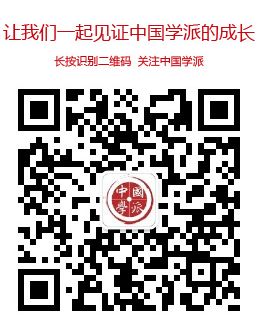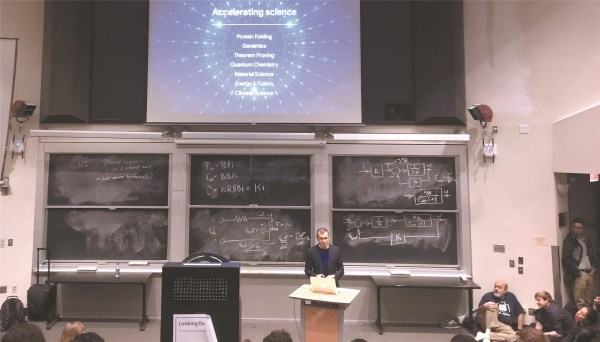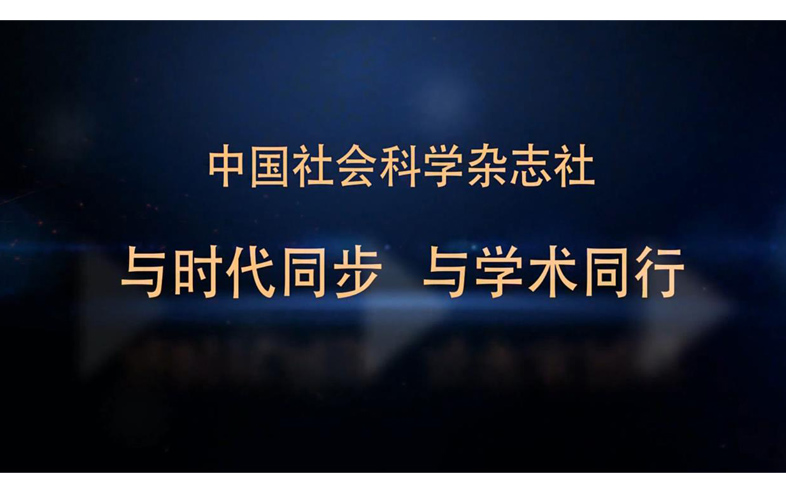Xie Zengyi
Institute of Law, Chinese Academy of Social Sciences
Abstract:At present, Chinese labor relations operate under a unitary model of legal regulation in which labor law is applied to workers “as a whole, with everyone treated equally.” This causes a number of problems. In reality, due to constantly changing modes of employment and the flexibility of workers’ “affiliation,” forms of employment are highly diverse. In addition to regular employees, there are also “quasi-employees” (employee-like persons) whose affiliation is quite weak, and other special employees. This necessitates the updating of the legislative thinking behind labor laws. While holding fast to the assumption that workers are a vulnerable group, we should review the differences between different types of employee and draw up the corresponding regulations on the basis of specific situations.Where legislative technique is concerned, we should do away with the traditional one-sizefits-all legislative model in favor of a dedicated model that targets particular types of subject and particular circumstances. We should abandon the traditional old-fashioned model in which “all labor law provisions apply” or “no labor law provisions apply” and categorize employees in such a way as to provide special rules for quasi-employees, special employees and employees of special employers. The legal regulation of labor relations should be based on categorization and differential treatment.
Keywords:labor relations,workers,legal regulation,quasi-employees (employee-like persons),special employees



